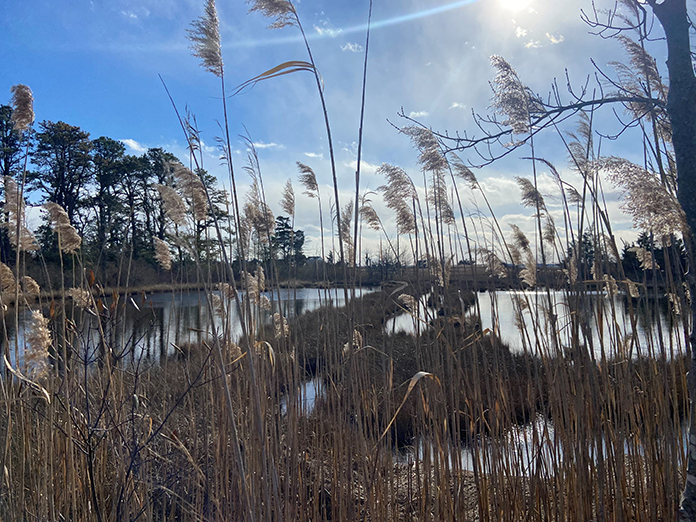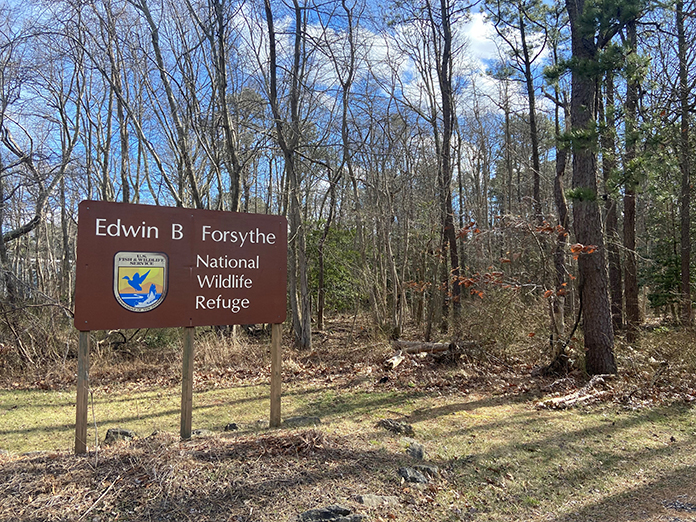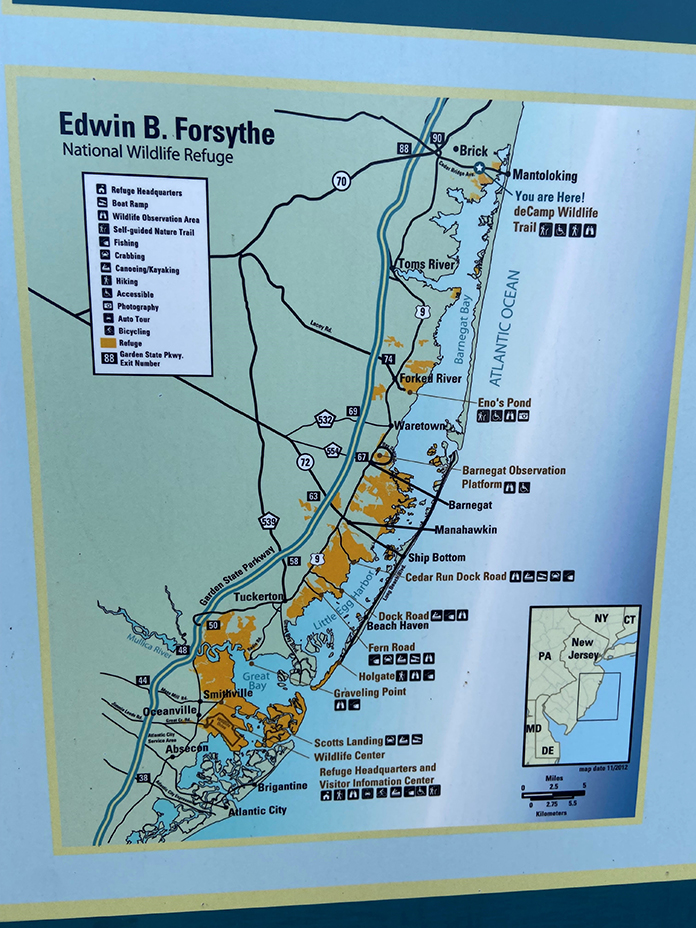
BRICK – Brick Township was recently awarded a $4.99 million environmental grant that will go towards restoring the salt marsh in the Edwin B. Forsythe National Wildlife Refuge.
The township was among several municipalities that received Natural Climate Solutions Grants, totaling $24.3 million. The state Department of Environmental Protection said the goal of the program is to “restore, and enhance New Jersey’s green spaces and tree canopies in urban areas, salt marshes and forests.” In addition, the project aids to reduce the effects of climate change.
“New Jersey will avoid the worst effects of our changing climate not only by reducing emissions of climate pollutants, but by investing in natural solutions that sequester carbon causing the extreme heat and flooding repeatedly striking our communities,” DEP Commissioner Shawn M. LaTourette said.

“With over $24 million of investments in urban and community forestry, marsh restoration, and living shorelines, we will beautify neighborhoods and build greater climate resilience in the process,” LaTourette added.
Brick Township is slated to acquire $4,997,124 for the salt marsh restoration, specifically within Edwin B. Forsythe National Wildlife Refuge. The Refuge stretches throughout Ocean County down to parts of Atlantic City, with a good portion of it located in Brick Township.
According to U.S. Fish & Wildlife Service, the Refuge protects more than 48,000 acres of southern New Jersey coastal habitats. More than 82% of Forsythe refuge is wetlands, of which 78% is salt marsh, interspersed with shallow coves and bays. Additionally, its location is one of the Atlantic Flyway’s most active flight paths, making it essential to seasonal bird migration.
A majority of Brick’s marshland is located off of Mantoloking Road by the intersection of Adamston Road, carrying on for miles to the bayfront.
The DEP states that the project will place more than 120,000 cubic yards of suitable dredged sediment into a series of 13 cells to increase tidal salt marsh elevation, protecting the marsh from drowning. About 95 acres of marsh will be protected from the sediment placement.

“Added protective measures will be used to contain placed sediment and strengthen shorelines. The elevated marsh will be planted in areas that did not previously contain vegetation to ensure recolonization of vegetation occurs to ultimately restore the health of the marsh,” officials said.







